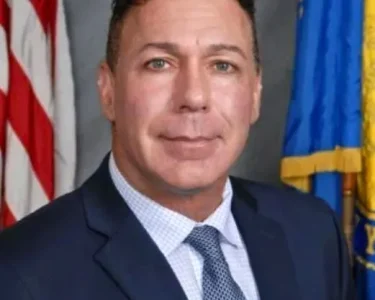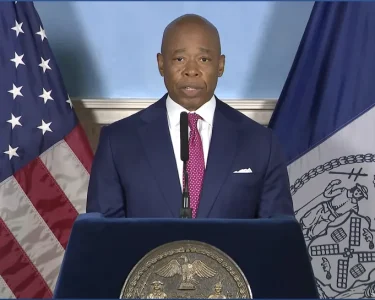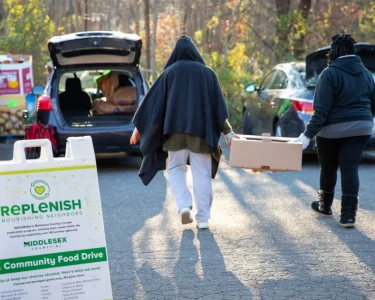In the wake of recent police killings that have shocked communities across the United States, the question of when deadly force is justified has never been more pertinent. The tragic deaths of individuals at the hands of law enforcement have sparked a nationwide debate, leading many to examine the guidelines and circumstances under which such extreme measures are taken.

The Controversy Unfolds
On August 17, 2024, the tragic death of Massey Young, a young man who was involved in a confrontation with police, brought the issue of deadly force back into the spotlight. According to the report by USA Today, the circumstances surrounding Young’s death have been described as contentious and have ignited widespread discussions about police accountability and the use of force.
Understanding the Use of Deadly Force
The use of deadly force by police is governed by a set of complex and often controversial rules. According to the Law Enforcement Standards, deadly force is typically justified when officers believe there is an imminent threat to their lives or the lives of others. However, the application of these standards can vary significantly from one case to another, and discrepancies in enforcement can lead to questions about fairness and consistency.
Recent Incidents Highlight the Need for Clarity
Recent incidents, including the death of Massey Young, have highlighted the need for clearer guidelines and better training for law enforcement officers. The varied responses to these situations reflect a broader issue within the justice system: the need for a balance between protecting public safety and ensuring the rights of individuals.
Community Reactions and Calls for Reform
In the aftermath of these incidents, communities have rallied for reforms aimed at preventing unnecessary loss of life. Activists and advocates argue that better de-escalation techniques, more comprehensive training, and increased transparency are essential to address the root causes of these tragedies. The call for reform also emphasizes the need for robust oversight and accountability mechanisms to ensure that the use of deadly force is justified and not influenced by biases or systemic issues.
The Role of Public Opinion and Media Coverage
Media coverage plays a crucial role in shaping public opinion on police use of force. Reports like the one from USA Today help to bring these issues to the forefront, prompting discussions about what changes are necessary to prevent future incidents. The focus on individual cases, such as that of Massey Young, often leads to broader debates about policing practices and the need for systemic change.
A Path Forward
As the debate over the justification of deadly force continues, it is clear that a comprehensive approach is needed to address these complex issues. This includes not only revisiting and refining policies but also fostering open dialogue between law enforcement agencies, policymakers, and the communities they serve. Ensuring that deadly force is used only when absolutely necessary requires ongoing commitment to transparency, accountability, and effective training.
In conclusion, the recent police killings underscore the critical need for ongoing reform and discussion about when and how deadly force should be used. By examining these incidents and working towards meaningful change, we can hope to create a justice system that better balances public safety with the protection of individual rights.
For more insights on the complexities surrounding law enforcement and the impact of recent events, visit our Digital Digest for in-depth analysis and updates.




